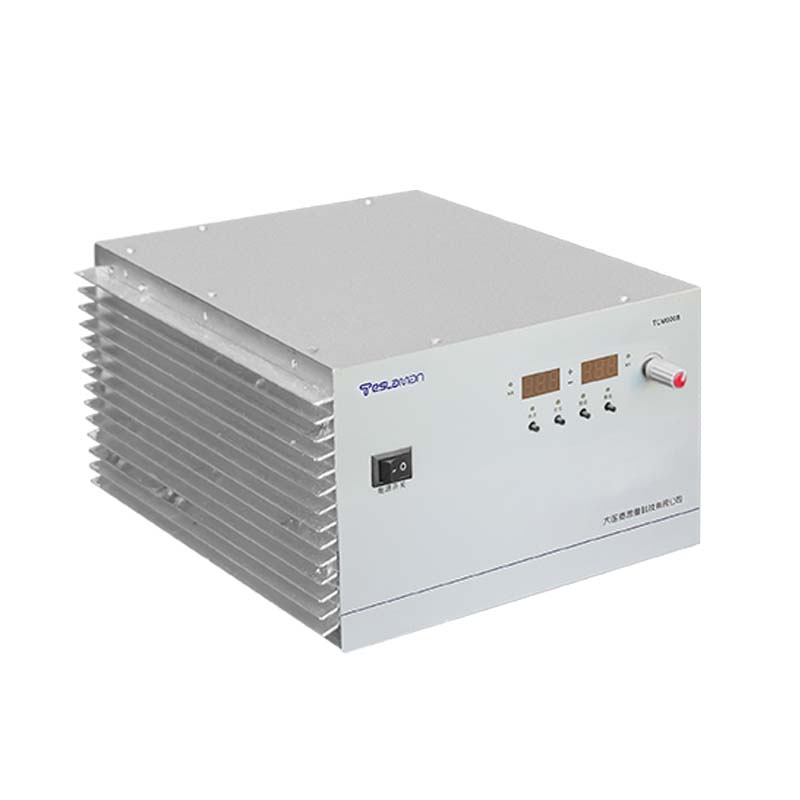High-precision Calibration of ppm-level High-voltage Power Supply
In modern scientific research and industrial applications, ppm-level high-voltage power supplies are widely used due to their high-precision output characteristics. The precision of this kind of high-voltage power supply can reach the level of one part per million (ppm), which is crucial for many fields with extremely high requirements for voltage stability and precision, such as particle accelerators, mass spectrometers, and high-resolution microscopes. However, to achieve high precision output at the ppm level, accurate calibration is an essential part.
The calibration of high-voltage power supplies mainly involves the accuracy and stability of the voltage output. Firstly, high-precision measuring equipment should be used for calibration, and the accuracy of these devices should be much higher than that of the high-voltage power supply being calibrated to ensure the reliability of the measurement results. During the measurement process, environmental factors such as temperature, humidity, and electromagnetic interference should be strictly controlled, because these factors may all affect the output of the high-voltage power supply.
The calibration process usually includes the following steps. The first step is to preheat the high-voltage power supply to make it reach a stable working state. Because within a certain period after the high-voltage power supply is started, its output may fluctuate with the temperature change of the internal components. After the preheating is completed, use a high-precision voltmeter to measure the output voltage of the power supply and compare it with the set target voltage.
If there is a deviation between the measured value and the target value, the high-voltage power supply needs to be adjusted. This may involve adjusting the potentiometer inside the power supply or making fine adjustments through software settings. During the adjustment process, it should be carried out step by step, and the adjustment range each time should be as small as possible to avoid over-adjustment, which may cause the output voltage to deviate further from the target value. After the adjustment is completed, measure again until the output voltage reaches the required precision range.
In addition to the accuracy of the voltage output, stability is also an important part of the calibration. The stability calibration mainly involves monitoring the output of the high-voltage power supply for a long time and observing its fluctuation at different time points. If a large fluctuation in the output voltage is found, it may be necessary to check the filter circuit or the feedback control system of the power supply, find out the cause of the fluctuation, and carry out repairs.
For the high-precision calibration of ppm-level high-voltage power supplies, the long-term stability of the power supply also needs to be considered. Regular calibration and maintenance of the high-voltage power supply can ensure that it always maintains high-precision output during long-term use. At the same time, establishing a complete calibration record and data analysis system is helpful to detect changes in the performance of the power supply in a timely manner and take corresponding measures for adjustment.
In conclusion, the high-precision calibration of ppm-level high-voltage power supplies is a complex and meticulous task, which requires comprehensive consideration of multiple factors, the use of high-precision measuring equipment, and strict operation in accordance with the calibration process. Only in this way can the high-voltage power supply provide stable and accurate voltage output in various applications.




















